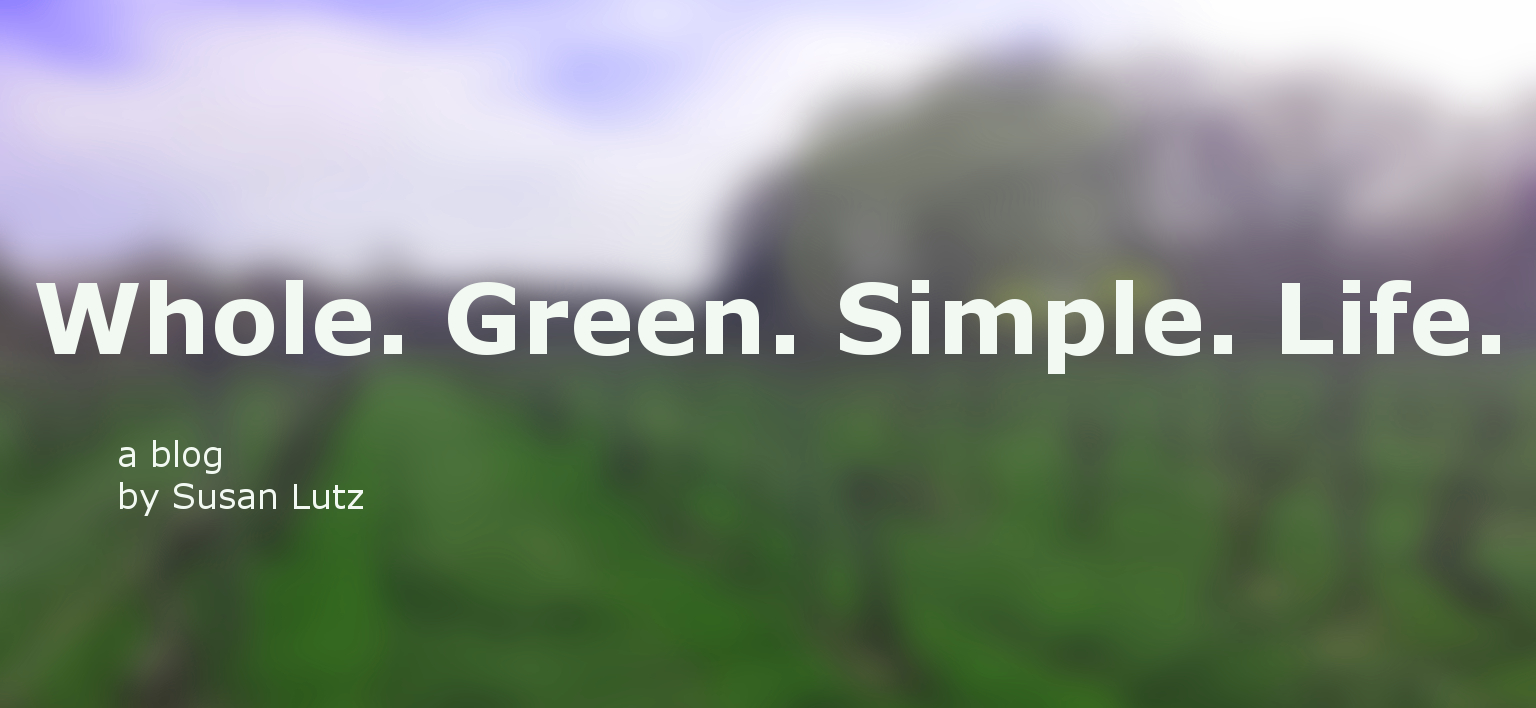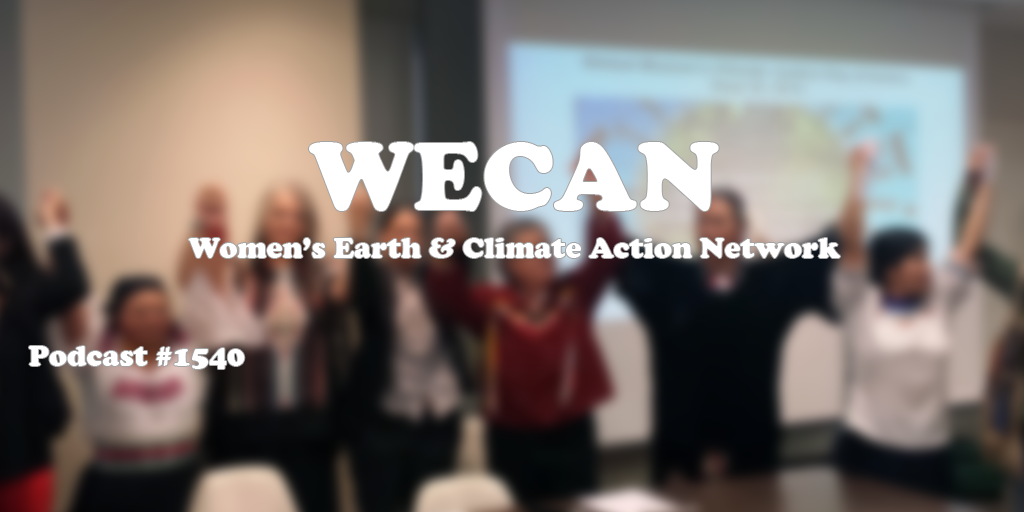Finance and food are connected in various ways, as we need to have a healthy diet filled with good fruits and veggies to keep us fit, and we need to make sure the small farmers who grow our food locally, have the financial backing to keep them sustainable. Our guests Courtney Gravenese and Kevin Egolf bring their expertise to this episode, and give us insight into food and finance. Courtney is a Registered dietician, nutrition consultant and health educator. Kevin is the VP of Investor Relations at Capital Good Fund and founder of Local Farms Fund. For more information go to capitalgoodfund.org, localfarmsfund.com, malcolmpresents.com, thegreendivas.com and HudsonRiverRadio.com Follow Courtney on instagram @clgwellness and LinkedIn. Check us out on FaceBook, tweet us @tmshadesofgreen #RaiseYourEcoConsciousness
Category: Money
1710 Dark Money vs. Clean Money
There is an expression “money is no object” but the truth is, it’s the main object. On this episode of 50 Shades of Green Divas we talk with Joel Solomon, author of The Clean Money Revolution: Reinventing Power, Purpose, and Capitalism. Joel explains “We must know where our money is going, and reinvent an economy for a resilient civilization. The revolution is already underway, creating the new, ethical, and sustainable businesses that power local economies, restore ecosystems, and build social and financial equity.”
For more info go to: JoelSolomon.org, thegreendivas.com and themanyshadesofgreen.com. #RaiseYourEcoConsciousness
Getting Green on the Road
 Electric cars are cool, electric cars are fun, electric cars don’t pollute the air we breathe, so why aren’t there more of them on the road? My co-host Brian Horowtiz and I chat about this and other topics, with my guest Seth Leitman, Green Living Guy. Seth is an EV car aficionado, and author of a series of books called the Green Guru Guides. He is working with the Solarize initiative in Westchester County to promote solar energy. Seth will be lecturing and touring colleges this Spring, to spread the word about green living. For more information go to greenlivingguy.com
Electric cars are cool, electric cars are fun, electric cars don’t pollute the air we breathe, so why aren’t there more of them on the road? My co-host Brian Horowtiz and I chat about this and other topics, with my guest Seth Leitman, Green Living Guy. Seth is an EV car aficionado, and author of a series of books called the Green Guru Guides. He is working with the Solarize initiative in Westchester County to promote solar energy. Seth will be lecturing and touring colleges this Spring, to spread the word about green living. For more information go to greenlivingguy.com
[soundcloud url=”https://api.soundcloud.com/tracks/257429349″ params=”color=ff5500&auto_play=false&hide_related=false&show_comments=true&show_user=true&show_reposts=false” width=”100%” height=”166″ iframe=”true” /]
1602: Slick Water
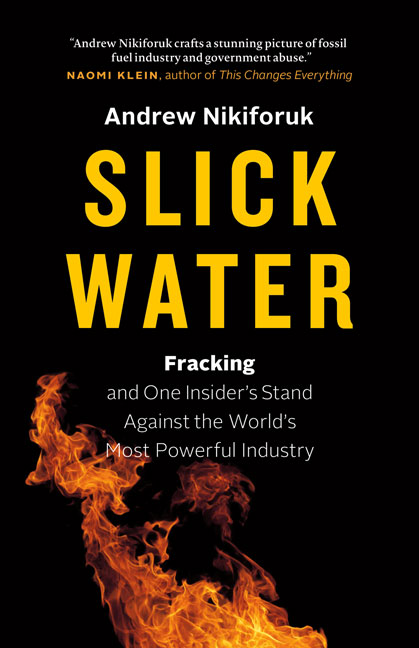 It is no secret that mainstream media coverage of environmental issues is slow-moving, and many stories go un-reported in the press. Climate change deniers spout their ideology with reckless abandon. Enter my guest this week, Andrew Nikiforuk, an award winning environmental writer based in Calgary, Canada, who has written a new book about the hydraulic fracturing industry entitled Slick Water: Fracking and One Insider’s Stand Against the World’s Most Powerful Industry. The book traces the saga of Jessica Ernst, and the path she takes to hold Encana Oil and Canada’s environmental government agencies, responsible for secretly fracking hundreds of gas wells around her home, in a rural area northeast of Calgary. A cover-up ensues, which leads Ms. Ernst to take legal action against the various parties for their role in contaminating land, water and air in her community. For more information andrewnikiforuk.com and to amazon.com to check out his new and older works.
It is no secret that mainstream media coverage of environmental issues is slow-moving, and many stories go un-reported in the press. Climate change deniers spout their ideology with reckless abandon. Enter my guest this week, Andrew Nikiforuk, an award winning environmental writer based in Calgary, Canada, who has written a new book about the hydraulic fracturing industry entitled Slick Water: Fracking and One Insider’s Stand Against the World’s Most Powerful Industry. The book traces the saga of Jessica Ernst, and the path she takes to hold Encana Oil and Canada’s environmental government agencies, responsible for secretly fracking hundreds of gas wells around her home, in a rural area northeast of Calgary. A cover-up ensues, which leads Ms. Ernst to take legal action against the various parties for their role in contaminating land, water and air in her community. For more information andrewnikiforuk.com and to amazon.com to check out his new and older works.
[soundcloud url=”https://api.soundcloud.com/tracks/243224837″ params=”color=ff5500&auto_play=false&hide_related=false&show_comments=true&show_user=true&show_reposts=false” width=”100%” height=”166″ iframe=”true” /]
What the Climate Accord Means at Home
By Susan Lutz
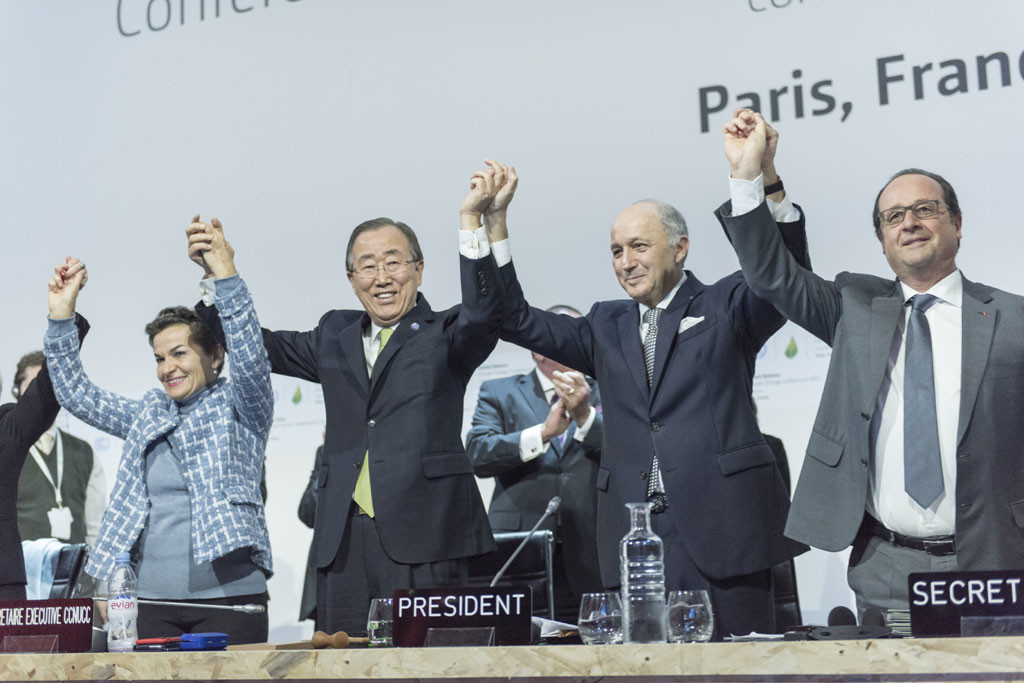
With the agreement of a landmark accord reached between 196 nations to reduce greenhouse gas emissions and commit to truly working towards change, the planet has a chance to survive. We have a shot at making it.
Something happened when I heard the news of the accord. I didn’t rush to look up all the details of the agreement. Instead of wondering about the facts, I felt a sense of peace. It was as if what we do on the local level and in our homes really does matter. When nations all over the globe decided to finally get to work on these issues, get our priorities straightened out, and look the problem in the eye, it made the daily tasks I do in my home actually feel like they make a difference.
If the nations had fought to no avail, looked the other way, or ignored the problem, and gone home without an agreement, I think all of us would have felt a little differently. Perhaps in a subtle way, we might have stopped working so hard. We might have lost hope. It is hard to fight such a large battle without the unity of nations and without leadership at the highest levels.
Now, I can look again at my habits that help curb waste, lower greenhouse gases, and bring stability and life into our existence. Sorting out trash and recycling, and using that glass bottle over and over again, doesn’t seem like wasted effort. Taking the bus or carpooling feels like a good choice. Buying less stuff finally feels like it adds up to a real solution.
With acknowledgement at the highest levels, we can now look optimistically towards our future. It’s time to look into new ways to lower my impact on the planet. None of this change is easy, but we’ve spent too much time taking the easy way out. There’s something we can do every day to change things for the better.
Now that the big players are part of the game, we have a chance at winning.
WECAN: Women’s Earth & Climate Action Network
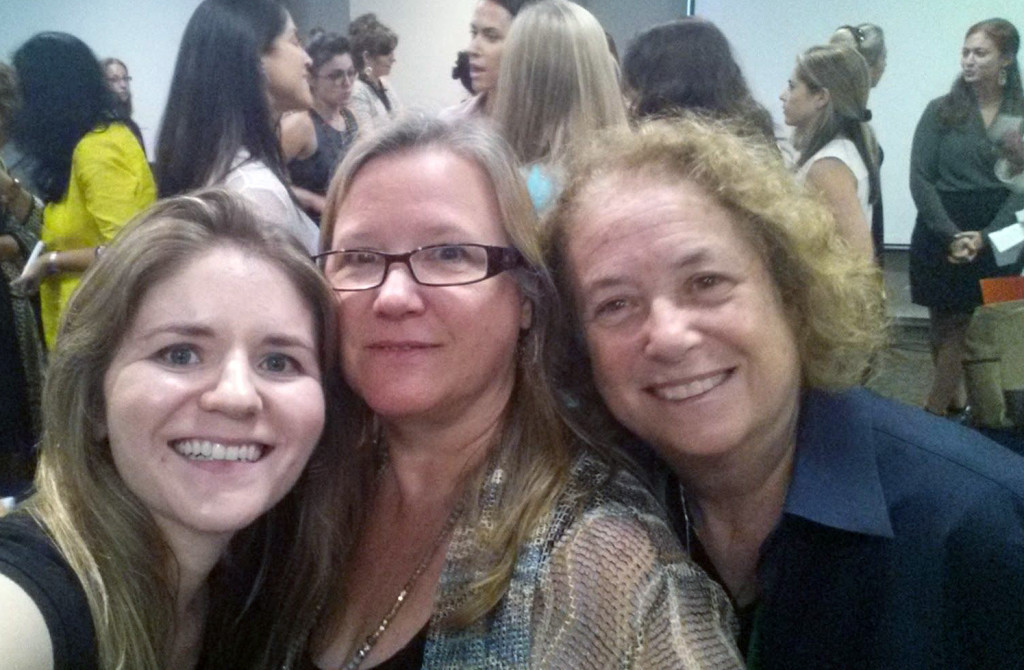 This weeks episode takes us to the Global Women’s Climate Justice Day of Action at the UN, sponsored by the Women’s Earth and Climate Action Network (WECAN). This event was attended by women from over 50 countries. To have such a collection of amazing women in one place, who presented stories of courage and resilience in combating climate change was deeply touching. Women play a key role in adapting solutions to climate change, and it was an honor to speak with WECAN founder Osprey Lake, environmentalist visionary Sally Ranney, as well as Neha Misra founder of Solar Sister, Harriet Shugarman Executive Director of ClimateMama, Executive Director of CELF Katie Ginsberg and student Coreena, and Patricia Gualinga-Montalvo, Indigenous Leader of Ecuador, whose interview was translated by Amazon Watch’s Executive Director Leila Salazar-López. For more information visit wecaninternational.org
This weeks episode takes us to the Global Women’s Climate Justice Day of Action at the UN, sponsored by the Women’s Earth and Climate Action Network (WECAN). This event was attended by women from over 50 countries. To have such a collection of amazing women in one place, who presented stories of courage and resilience in combating climate change was deeply touching. Women play a key role in adapting solutions to climate change, and it was an honor to speak with WECAN founder Osprey Lake, environmentalist visionary Sally Ranney, as well as Neha Misra founder of Solar Sister, Harriet Shugarman Executive Director of ClimateMama, Executive Director of CELF Katie Ginsberg and student Coreena, and Patricia Gualinga-Montalvo, Indigenous Leader of Ecuador, whose interview was translated by Amazon Watch’s Executive Director Leila Salazar-López. For more information visit wecaninternational.org
[soundcloud url=”https://api.soundcloud.com/tracks/237134561″ params=”color=ff5500&auto_play=false&hide_related=false&show_comments=true&show_user=true&show_reposts=false” width=”100%” height=”166″ iframe=”true” /]
COP21
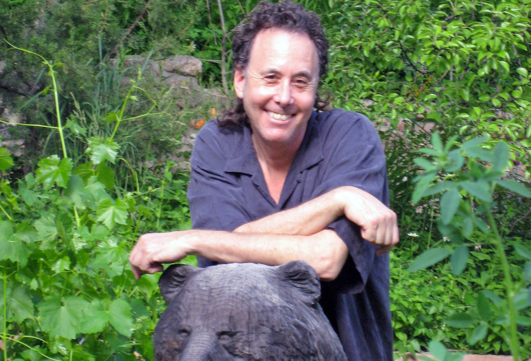
“Between its celebrations of privilege, and the angst of its reckonings, human life gathers unto itself a chaos of contradictions… If we are ceaseless tamperers, we are also from time to time unobtrusive, Though we shout, so may we whisper.” (Michael Charles Tobias, quote from his work, After Eden: History, Ecology and Conscience) My guest this week is Michael C. Tobias, President of Dancing Star Foundation, who is a global ecologist, humanitarian, explorer, author, filmmaker, educator and animal rights activist. 195 nations are set to converge in Paris, a city recently struck by incomprehensible acts of terrorism, for the COP 21 (Conference of Parties), with the hopes of reaching an agreement to to set limits on carbon emissions to reduce the detrimental effects of global warming. Rich and poor nations must gather to form partnerships to be agents of change, rather than agents of destruction. Negative ideology has to be redirected, and ethics, compassion and morality, along with science and technology must lead the way to solutions. For more information go to www.dancingstarfoundation.org
[soundcloud url=”https://api.soundcloud.com/tracks/234709653″ params=”color=ff5500&auto_play=false&hide_related=false&show_comments=true&show_user=true&show_reposts=false” width=”100%” height=”166″ iframe=”true” /]
#1538: NY Senator Liz Krueger
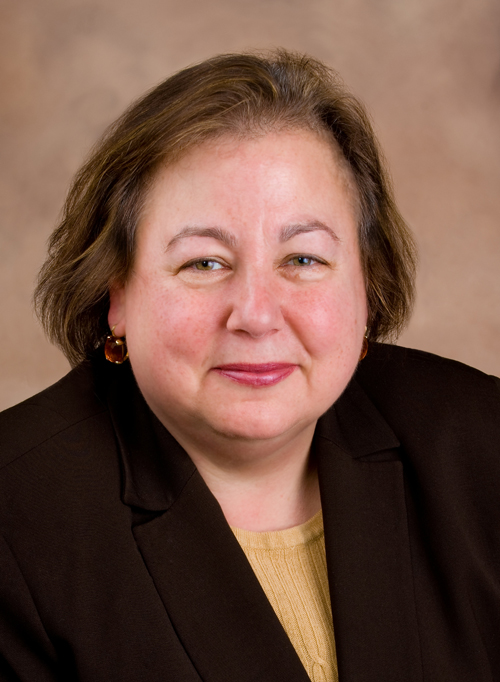 How compassionate is the New York State Compassionate Care Act of 2014 legalizing the use of medical marijuana? My guest this week, New York State Senator Liz Krueger, a lead advocate for legalizing marijuana for both medicinal and also for recreational use, gives us some insight into the pros and cons of the current bill, and why it needs to be enhanced to allow coverage for more diseases. Senator Krueger has also sponsored the Fossil Fuel Divestment Act to limit the investment in oil and gas stocks in NYS pension funds. For more information go to: nysenate.gov/senators/Liz-Kruger or send a tweet @LizKrueger
How compassionate is the New York State Compassionate Care Act of 2014 legalizing the use of medical marijuana? My guest this week, New York State Senator Liz Krueger, a lead advocate for legalizing marijuana for both medicinal and also for recreational use, gives us some insight into the pros and cons of the current bill, and why it needs to be enhanced to allow coverage for more diseases. Senator Krueger has also sponsored the Fossil Fuel Divestment Act to limit the investment in oil and gas stocks in NYS pension funds. For more information go to: nysenate.gov/senators/Liz-Kruger or send a tweet @LizKrueger
[soundcloud url=”https://api.soundcloud.com/tracks/232632557″ params=”color=ff5500&auto_play=false&hide_related=false&show_comments=true&show_user=true&show_reposts=false” width=”100%” height=”166″ iframe=”true” /]
#1529: Going Solar, Baby!
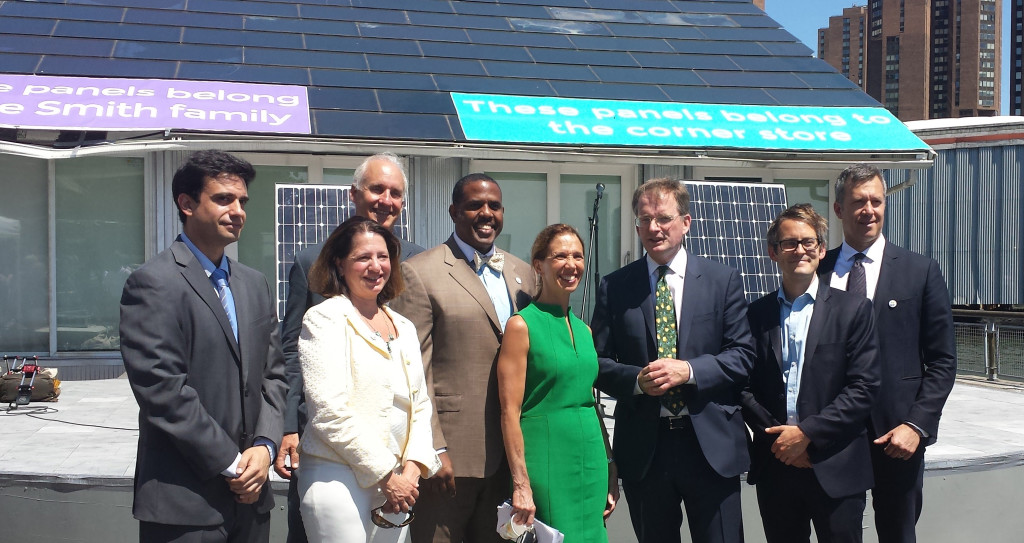 “Here comes the sun, here comes the sun and I say, it’s alright.” – George Harrison
“Here comes the sun, here comes the sun and I say, it’s alright.” – George Harrison
New York State is committed to achieve 50% renewable energy by the year 2030. The Shared Renewable Program is part of that push, and Governor Cuomo recently stated that “this program is about protecting the environment and ensuring that all New Yorkers, regardless of their zip code or income, have the opportunity to access clean and affordable power.” This week’s show takes us to the #Solar4All Community Celebration sponsored by Solar One and Vote Solar. We heard from the NYS Energy Czar Richard Kaufman, as well as many other New York elected officials, who have worked to get this program off the ground. We spoke to Peter Olmsted and Adam Browning of Vote Solar, who are instrumental is developing policy for solar projects in New York, and beyond. We also spoke to Elana Laichena, Program Manager for Here Comes Solar, a project of Solar One, which promotes many solar initiatives. The Shared Renewable Program will help improve neighborhood health, resiliency and create opportunity, as renters, businesses, and homeowners will be able to participate in renewable energy projects, and receive tax credits on their utility bills. For more information go to votesolar.org, herecomessolar.nyc and sharedrenewables.org
#1529: Going solar, baby! by The Many Shades Of Green on Mixcloud
#1528: Green Summer Special
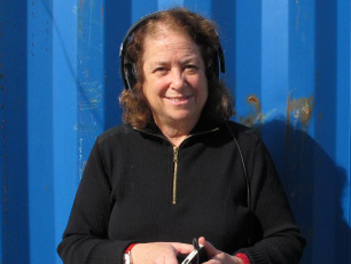 It’s summer time, which means that your inner zen takes control, and dreams of lush green forests, cool lakes, warm oceans and tropical gardens become reality. Be a sustainable citizen, consider the environment, and tool around in an electric car. While camping, keep the bugs away with natural herbal products. Join me and my guests this week, Rusti (Paula) Wolintz, realtor extraordinaire, BFF and electric car owner to be. Bonnie Rogers, expert herbalist and founder of Bonnie’s Herbals, and Brian Horowitz, my co-host today, who is the host of The Rock and Roll History Show. Our discussion takes us from consumer concerns about plug-in vehicles to how lavender can keep mosquitos away. For more information, go to bonniesherbals.com, electric-vehiclenews.com, and rvvagabond.com.
It’s summer time, which means that your inner zen takes control, and dreams of lush green forests, cool lakes, warm oceans and tropical gardens become reality. Be a sustainable citizen, consider the environment, and tool around in an electric car. While camping, keep the bugs away with natural herbal products. Join me and my guests this week, Rusti (Paula) Wolintz, realtor extraordinaire, BFF and electric car owner to be. Bonnie Rogers, expert herbalist and founder of Bonnie’s Herbals, and Brian Horowitz, my co-host today, who is the host of The Rock and Roll History Show. Our discussion takes us from consumer concerns about plug-in vehicles to how lavender can keep mosquitos away. For more information, go to bonniesherbals.com, electric-vehiclenews.com, and rvvagabond.com.
#1528: Green Summer Special by The Many Shades Of Green on Mixcloud
#1525: 2015 Clearwater Music Festival
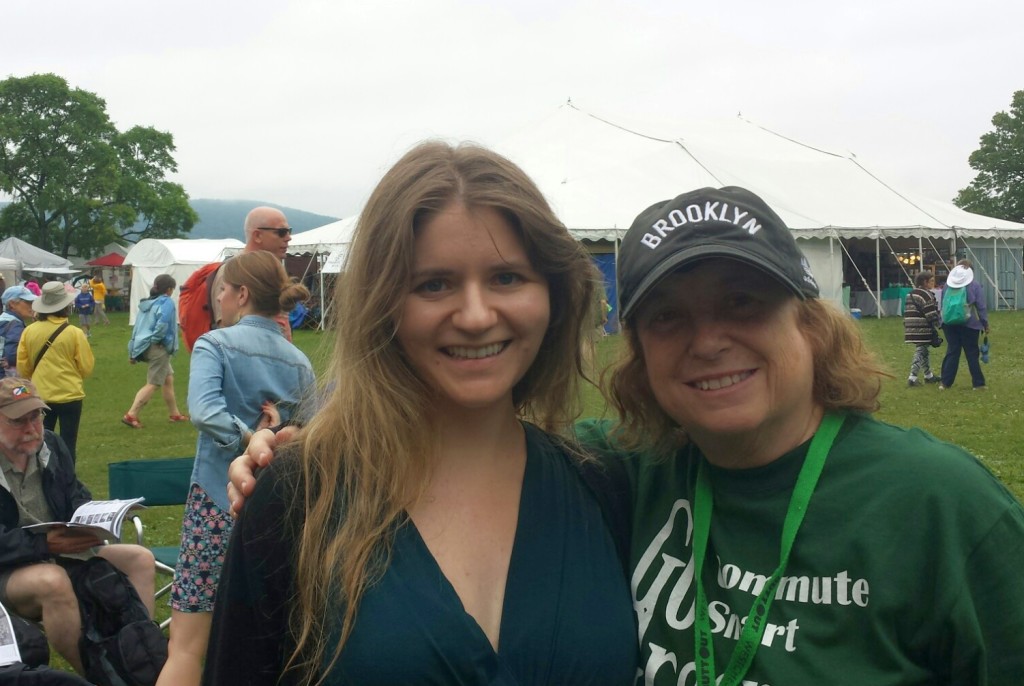 Neither rain, nor fog, nor soggy dew could dampen the spirit of the Clearwater 2015 Festival. We spoke to many environmental activists and green entrepreneurs who are creating ideas, and spreading the message about the need to be proactive stewards of Mother Earth. Music echoed throughout the festival, with many performers motivating the populace to take a stand and raise their voices on environmental and social justice issues. Music icon David Crosby, sang new songs with lyrics that commented on the nation’s current state of affairs, and implored people to email, call or show up at the offices of their elected officials and make some noise. Pete Seeger would have been proud to see his vision perpetuated. For more info go to clearwater.org.
Neither rain, nor fog, nor soggy dew could dampen the spirit of the Clearwater 2015 Festival. We spoke to many environmental activists and green entrepreneurs who are creating ideas, and spreading the message about the need to be proactive stewards of Mother Earth. Music echoed throughout the festival, with many performers motivating the populace to take a stand and raise their voices on environmental and social justice issues. Music icon David Crosby, sang new songs with lyrics that commented on the nation’s current state of affairs, and implored people to email, call or show up at the offices of their elected officials and make some noise. Pete Seeger would have been proud to see his vision perpetuated. For more info go to clearwater.org.
#1525: 2015 Clearwater Music Festival by The Many Shades Of Green on Mixcloud
#1512: Man Swarm
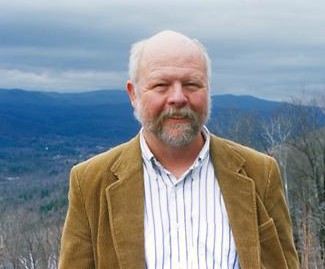 What comes first, the Earth or Earthlings? There are a lot of us humans on the planet, and we have to start thinking about keeping our numbers down. Join me and my guest Dave Foreman, activist, author, and founder of Earth First!, the Wildlands Project, and the Rewilding Institute, as we discuss his latest work, a new revised of edition of his popular title, MAN SWARM: How Overpopulation is Killing the Wild World, which is co-authored with Laura Carroll, author of The Baby Matrix. Population is one factor in the environmental degradation of the planet. Should there be a one child policy in the US or should we stop having babies altogether? What can be done to solve this problem? Tune in to find out. For more information go to rewilding.org
What comes first, the Earth or Earthlings? There are a lot of us humans on the planet, and we have to start thinking about keeping our numbers down. Join me and my guest Dave Foreman, activist, author, and founder of Earth First!, the Wildlands Project, and the Rewilding Institute, as we discuss his latest work, a new revised of edition of his popular title, MAN SWARM: How Overpopulation is Killing the Wild World, which is co-authored with Laura Carroll, author of The Baby Matrix. Population is one factor in the environmental degradation of the planet. Should there be a one child policy in the US or should we stop having babies altogether? What can be done to solve this problem? Tune in to find out. For more information go to rewilding.org



